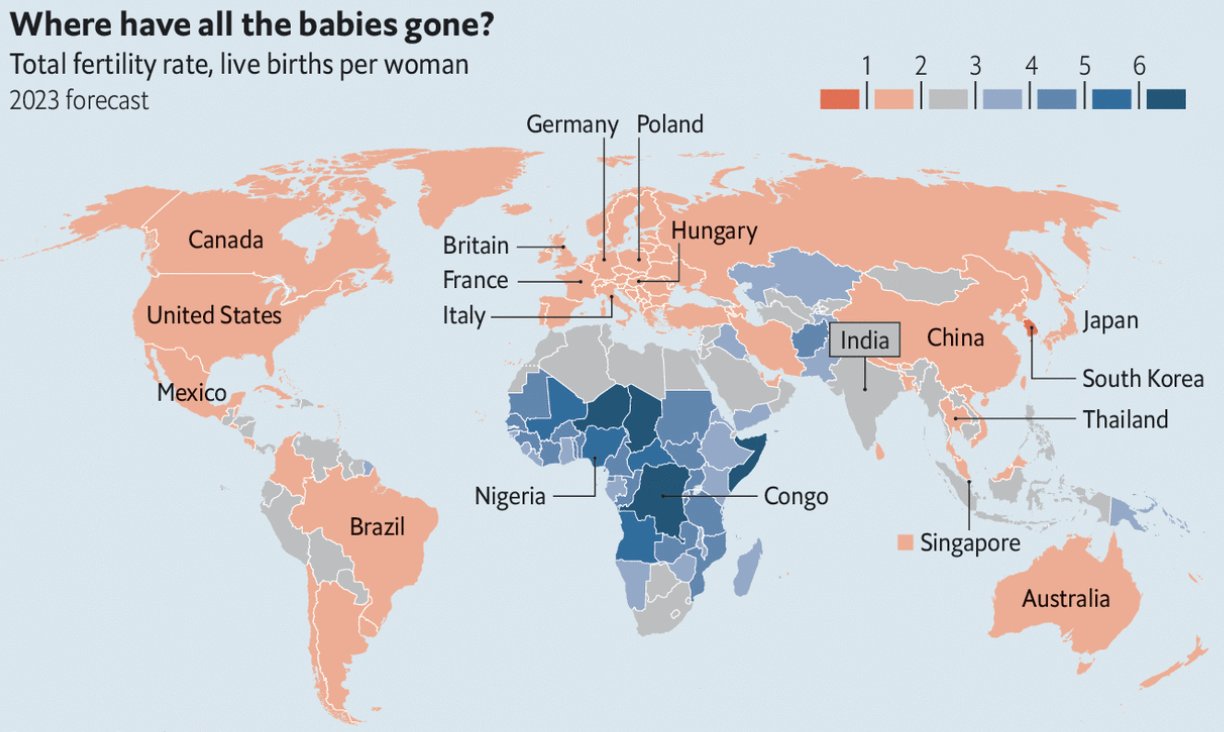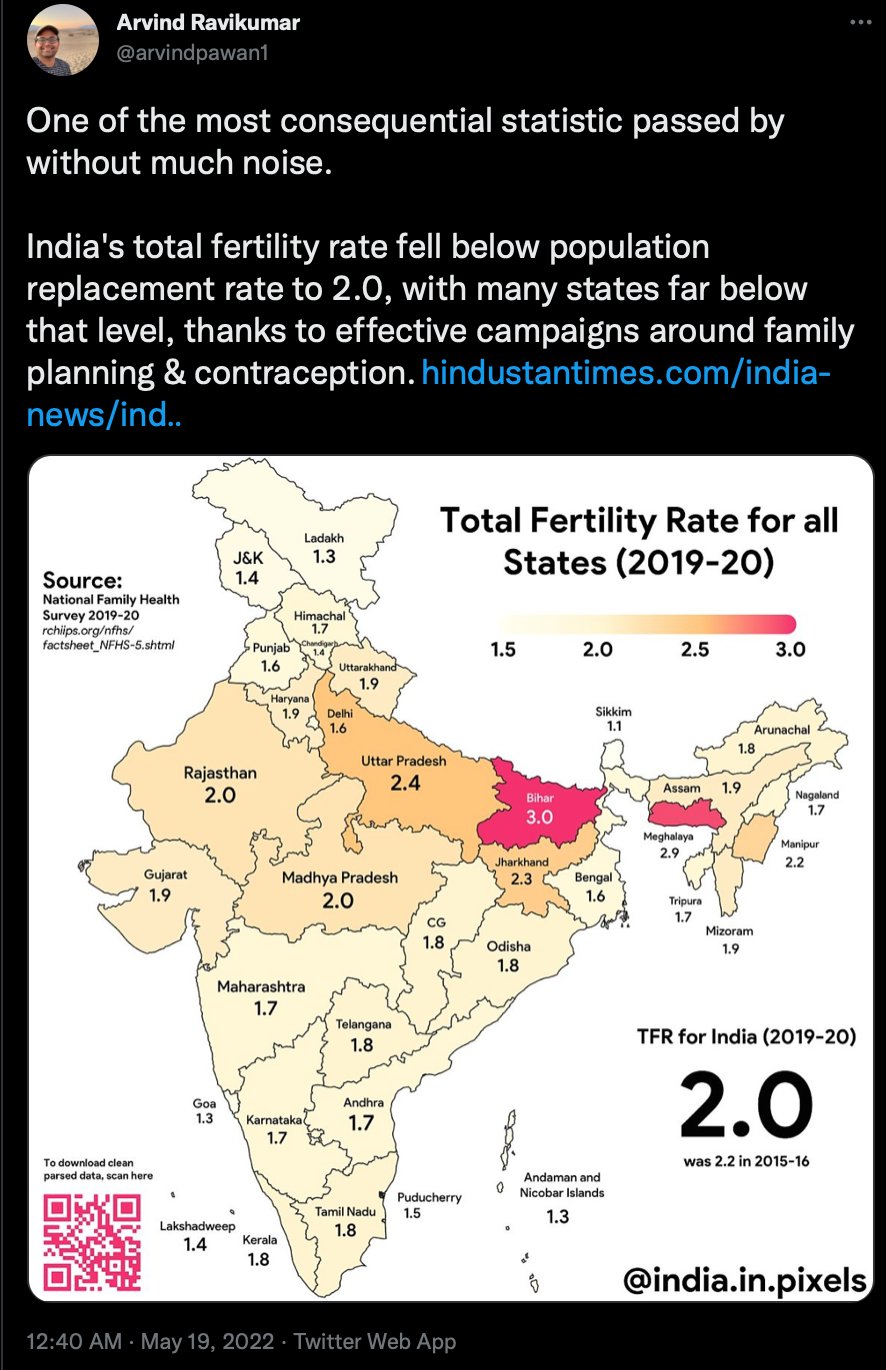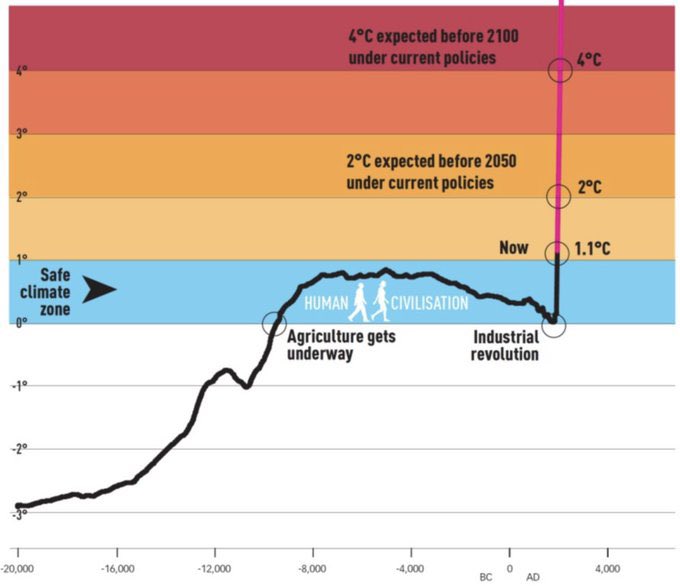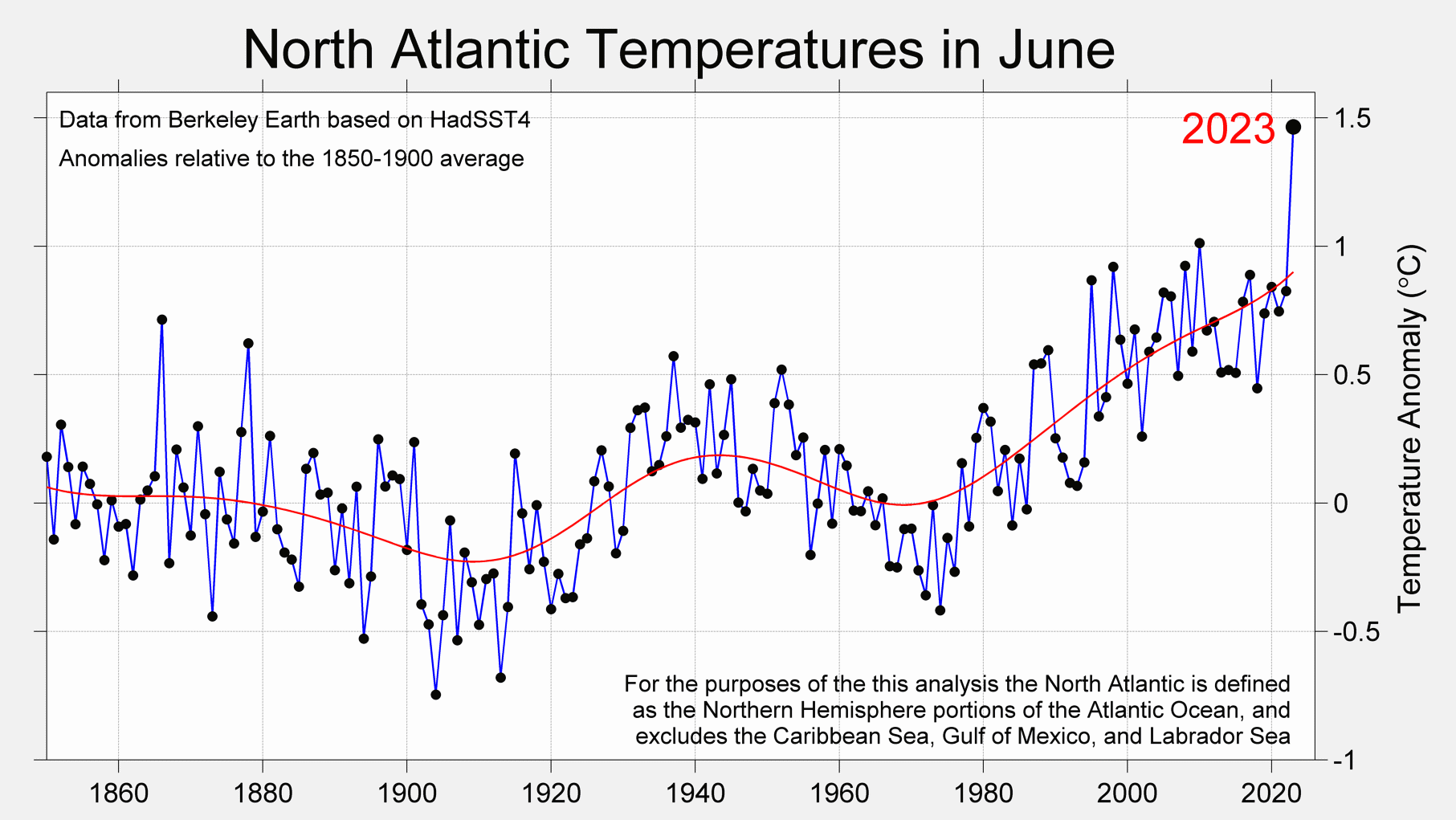Do as thou will, so long as you increase biodiversity and biomass, reduce pollution and heat, and replace any resources used.
Want to live in the howling wilderness? OK. But only if you can increase the number and amount of lifeforms, and reduce pollution by being there. If you can’t do all three, you don’t get to live in the wilderness.
Freedom today is based on money. If you have enough money, you can do what you want, if you obey the law. The more money you have, the fewer laws apply to you: either they are laws which if violated are punished with fines, which you don’t care about, or they are laws which are effectively not enforced against the rich.
The Green Age, instead of having a zero tolerance policy for minor infractions, will have no tolerance for people who damage the ecosphere or the climate.
Likewise, you will need to replace the resources you’re using if you’re using them beyond any natural replacement rate. If you’re taking water from a river or an aquifer, you’ll have an amount you can use that is equal to natural replenishment. If you use any more, you’ll need to replace it. Chop trees, plant them, and since you also need to maintain biomass and biodiversity, that won’t mean tree farms and will require you to keep doing it and, most likely, to have done it in the past. (This will make clear-cutting very rare.)
This also means that you don’t get to do what you want if you use non-renewable resources. Mining and other forms of permanent extraction will be something that society has a strict limit on. Much will be assigned by government, and much will likely be divided and given to each member of society and when they buy something which uses a non-renewable resource, that account will be debited, with no credit except in life-saving emergencies.
The principle is simple: replace what you use if it can be replaced, make the ecology and the environment better because of your existence and use limited amounts of non-renewable resources. This is how we fix the environment and make an environment is healthier and far more enjoyable to live in. (Just as almost everyone wants to live on a street with lots of trees.)
Long term, if you want to use a lot of non-renewable resources, we will have to go into space, but taking masses from Earth will be verboeten.
These rules will apply to individuals and groups, including whatever replaces corporations as our primary private economic vehicle and to households. This will lead to the end of suburbs and exurbs as we know them. Most people will either be rural (working on food production and environmental projects) or will live in dense cities. If we want the privilege of living in low population density areas, we will have to earn it by figuring out how to do so in a way that doesn’t decrease biodiversity, biomass or renewable resources, and instead of those who make more money being allowed to do more, those who will be allowed to do more will be those who increase those environmental variables the most.
This is only the first of the Green Age articles, we’ll dive into the rest of the principles and some of the details of how such a society must be run as the series continues.
You get what you support. If you like my writing, please SUBSCRIBE OR DONATE




